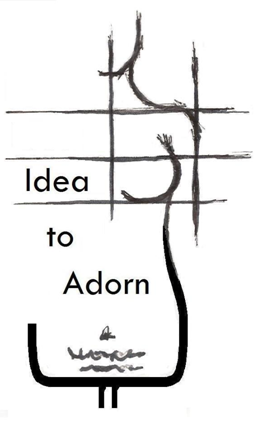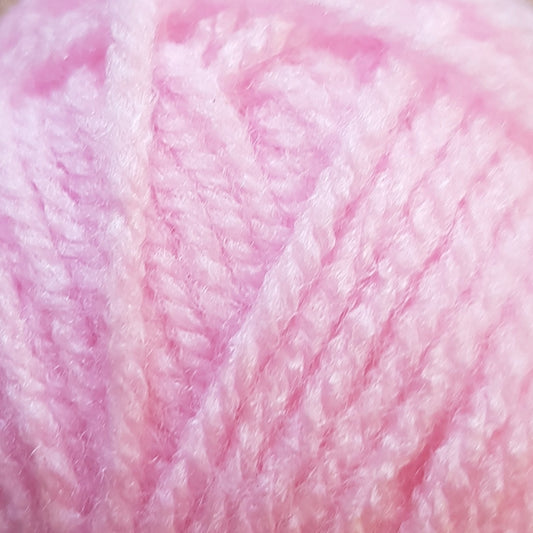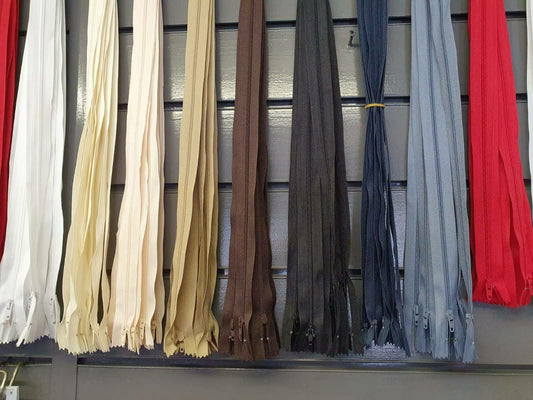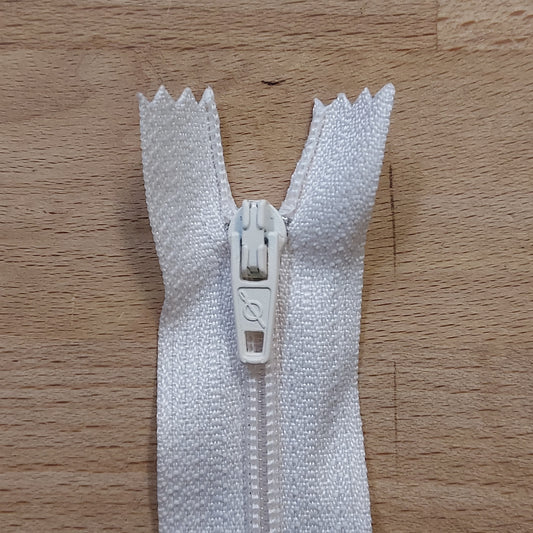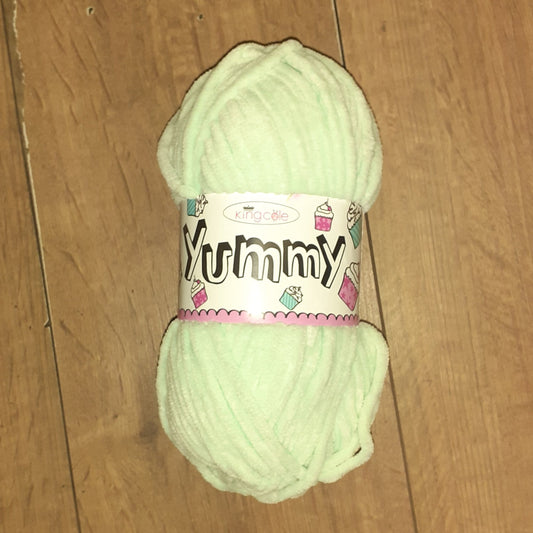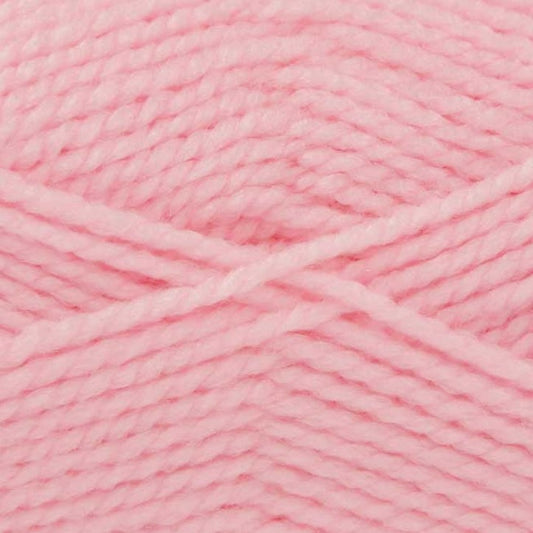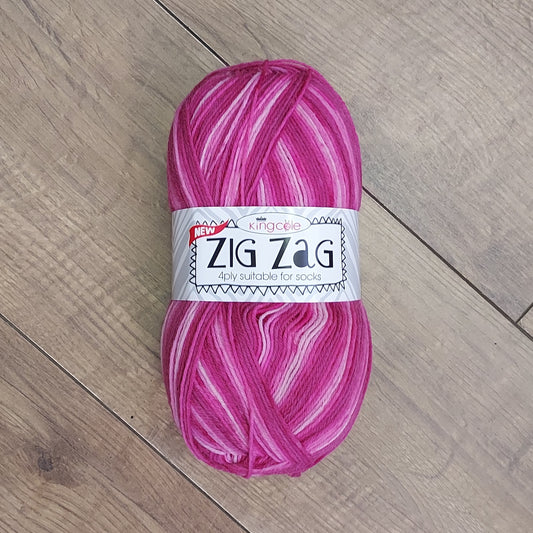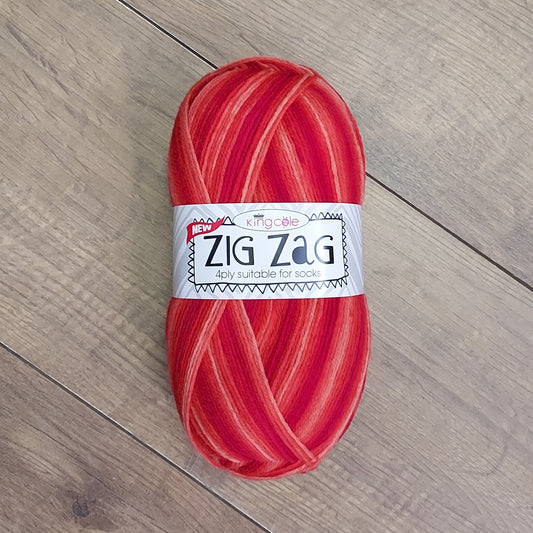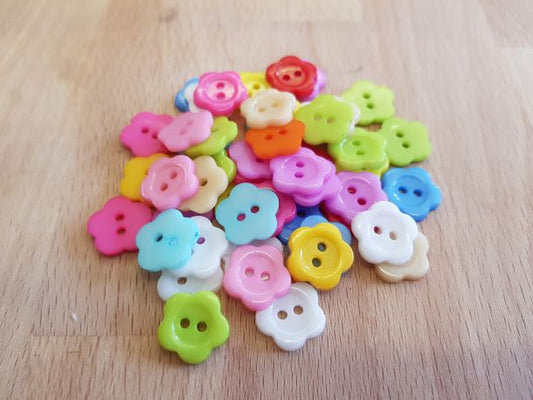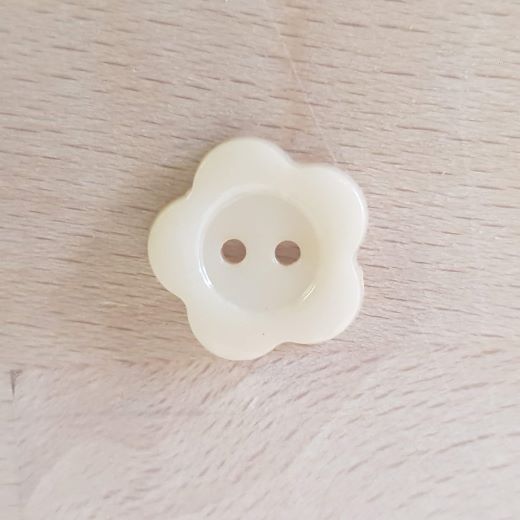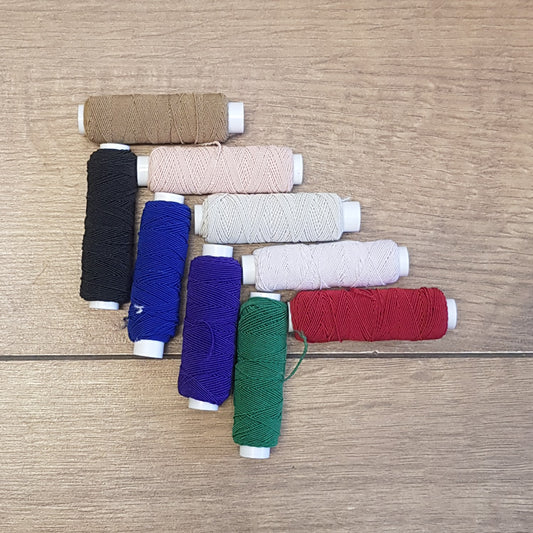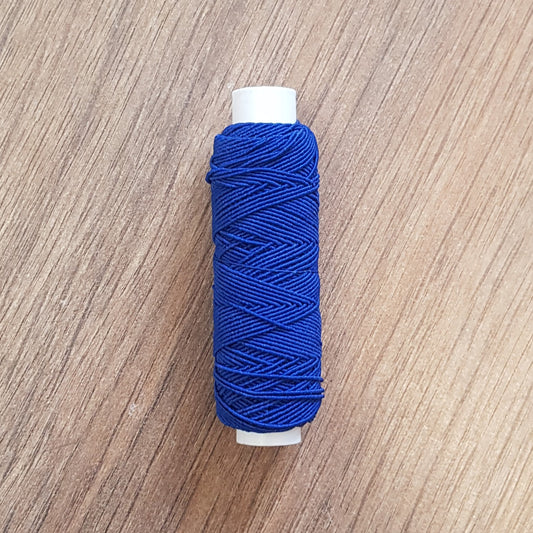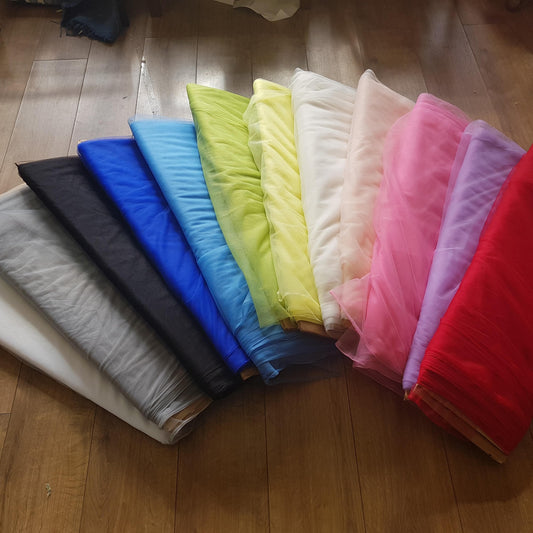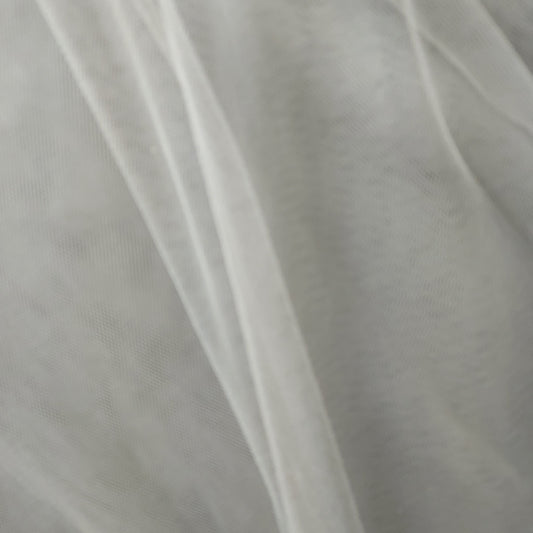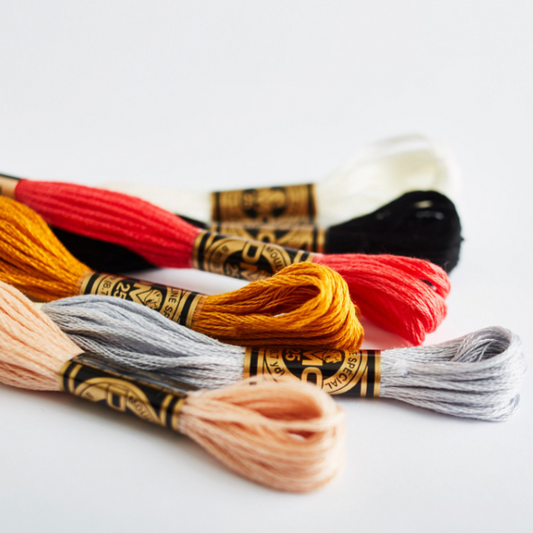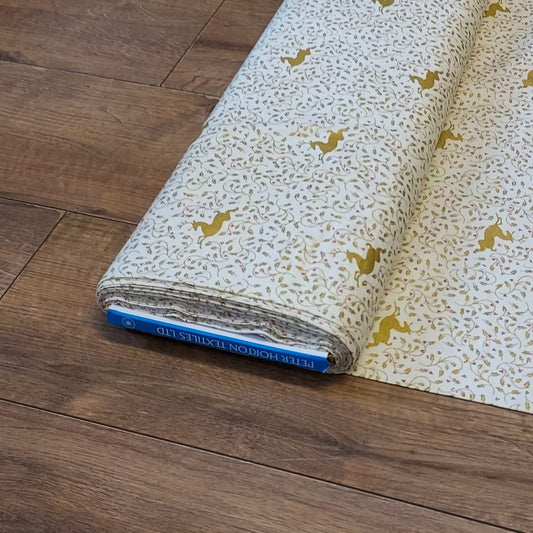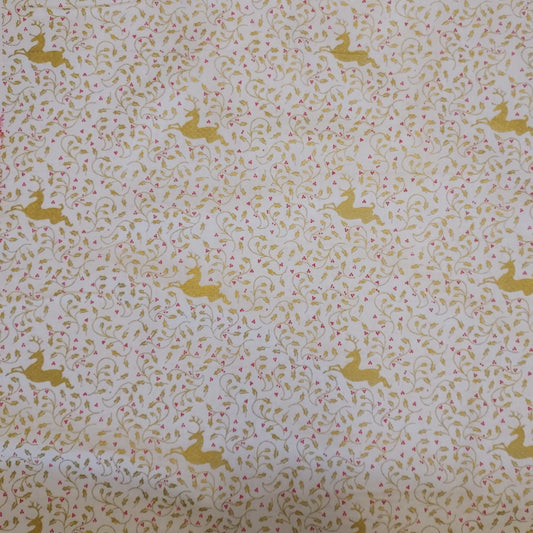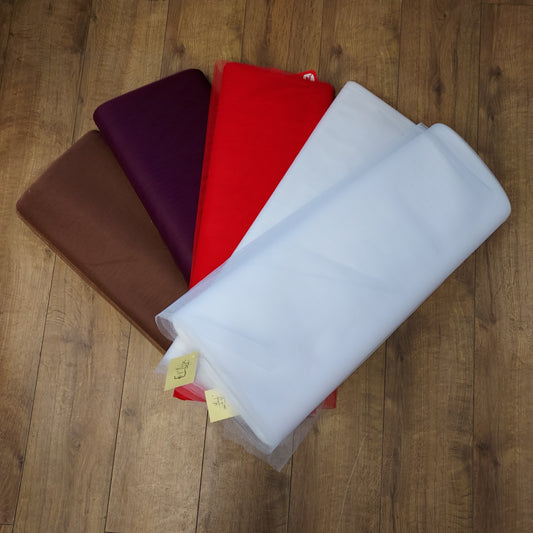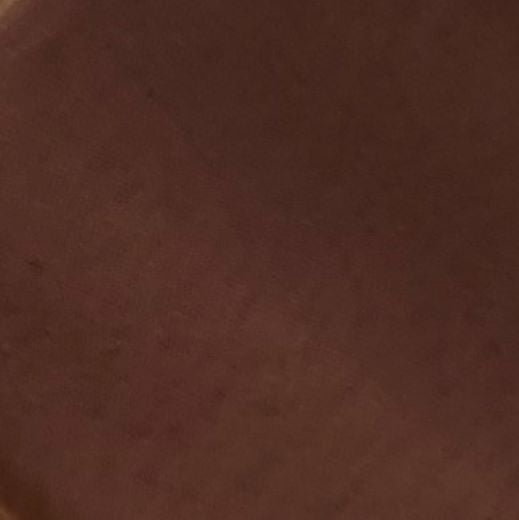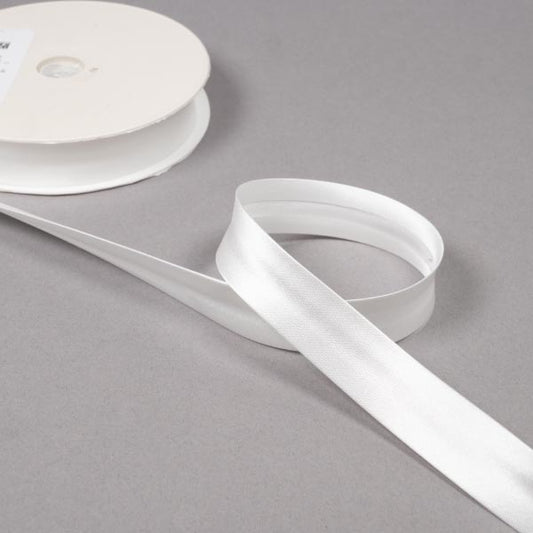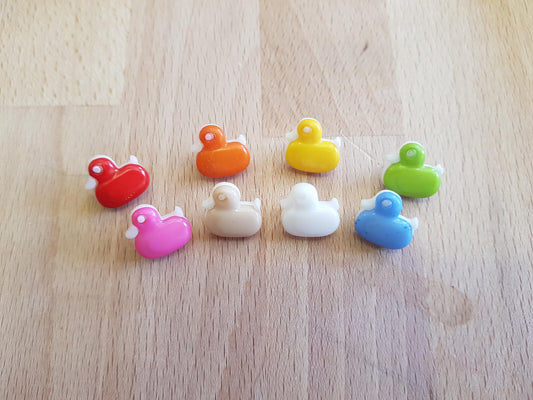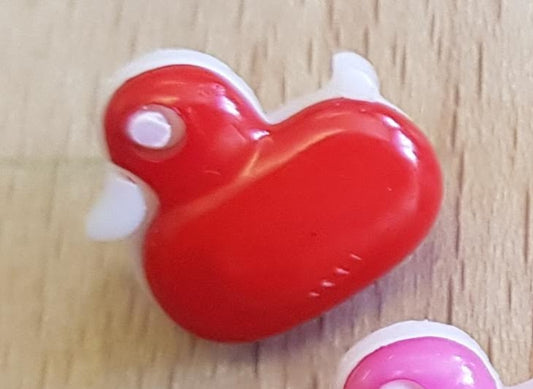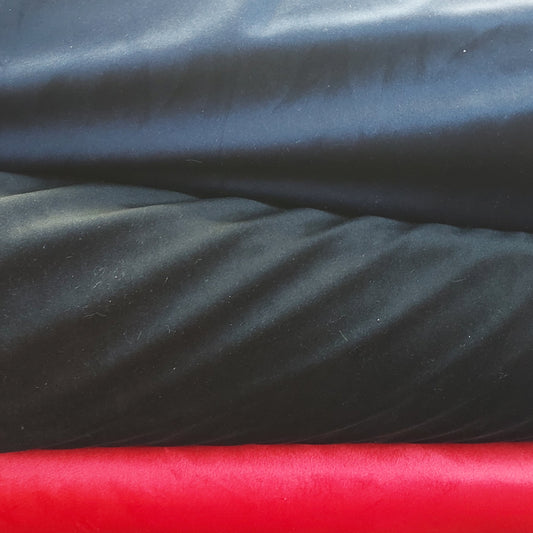Collection: Chinese New Year
This Year is the year of: The Dragon
In the Chinese zodiac, the Year of the Dragon is considered particularly auspicious and is associated with good fortune and success. The Chinese zodiac is a twelve-year cycle, with each year being represented by an animal sign. The Dragon is the only mythical creature in the Chinese zodiac and is considered a symbol of power, authority, and good luck.
Key characteristics and symbolism associated with the Year of the Dragon include:
-
Strength and Power:
- The Dragon is seen as a symbol of strength and power. Individuals born in the Year of the Dragon are believed to possess strong character traits and the ability to overcome challenges with resilience.
-
Good Fortune:
- The Year of the Dragon is associated with good fortune, prosperity, and wealth. It is believed that those born in this year are destined for success and are likely to enjoy a life filled with achievements.
-
Independence and Ambition:
- Dragon personalities are often characterized by independence, ambition, and a strong desire for success. People born in the Year of the Dragon are believed to be natural leaders with a determination to pursue their goals.
-
Charismatic and Charming:
- Dragons are considered charismatic and charming individuals who can easily attract others. Their dynamic personalities make them popular and well-liked in social settings.
-
Positive Energy:
- The Dragon is associated with positive energy and enthusiasm. The presence of a Dragon is believed to bring vitality and excitement to the environment.
-
Symbol of the Emperor:
- In Chinese culture, the Dragon is often associated with the emperor and imperial power. It is a symbol of authority and has historically been linked to the ruling elite.
-
Protective Guardian:
- The Dragon is also considered a protective guardian, and its image is often used to ward off evil spirits and bring good luck. Dragon motifs are commonly found in Chinese art, architecture, and traditional celebrations.
-
Festive Celebrations:
- The Year of the Dragon is celebrated with enthusiasm and joy. During this time, people engage in various cultural and festive activities, including dragon dances, parades, and traditional ceremonies.
It's important to note that the Chinese zodiac operates on a twelve-year cycle, so the Year of the Dragon occurs every twelfth year. People born in the Year of the Dragon are believed to share certain characteristics with others born in the same year, and their personalities are influenced by the traits associated with the Dragon symbol.
THE COLOUR RED holds significant cultural and symbolic importance in Chinese New Year celebrations. Several cultural and historical reasons contribute to the prominence of the color red during this festive time:
-
Symbol of Good Luck and Prosperity: Red is traditionally associated with good luck, happiness, and prosperity in Chinese culture. Using red decorations, clothing, and symbols during Chinese New Year is believed to bring positive energy and fortune for the upcoming year
-
Warding Off Evil Spirits: Red is also thought to have the power to ward off evil spirits and bad luck. The vibrant color is believed to provide protection and ensure a smooth transition into the new year without any negative influences.
-
Traditional Wedding Colour: Red has long been associated with celebrations and is a traditional color for Chinese weddings. As Chinese New Year is a time of family and community celebrations, the use of red symbolizes the festive and joyous atmosphere.
-
Connection to Fire and Renewal: In Chinese philosophy, red is connected to the element of fire. Fire is considered a symbol of transformation and renewal. Chinese New Year, also known as the Spring Festival, marks the end of winter and the beginning of spring, making red an appropriate color to symbolize this transition.
-
Honoring Ancestors and Deities: Red is also used in offerings and decorations during Chinese New Year as a way to honor ancestors and deities. The color is associated with reverence and is believed to attract the attention of benevolent spirits.
-
Traditional Red Packets (Hongbao): One of the most iconic traditions during Chinese New Year is the exchange of red packets or "hongbao." These red envelopes contain money and are given as gifts to children, family members, and friends. The red color symbolizes good luck and prosperity in the monetary gifts exchanged.
-
Cultural Significance: The cultural significance of the color red in Chinese traditions extends beyond Chinese New Year. It is deeply embedded in various aspects of Chinese culture and is often used in celebrations, festivals, and special occasions.
-
Aesthetic Appeal: Beyond its symbolic meanings, red is aesthetically vibrant and eye-catching. The festive and warm appearance of the color adds to the overall celebratory atmosphere of Chinese New Year.
In summary, the color red is deeply ingrained in the cultural and symbolic traditions of Chinese New Year, representing good fortune, happiness, and positive energy. Its prevalence in decorations, clothing, and customs during this time reflects the rich cultural heritage and beliefs associated with the celebration.
With this we have gather all the things in our shop and on the website that is dragon or red collection for you to get creative this Chinese New Year:
Thankyou Traditional red Chinese Dragon 19974373 Vector Art at Vecteezy
